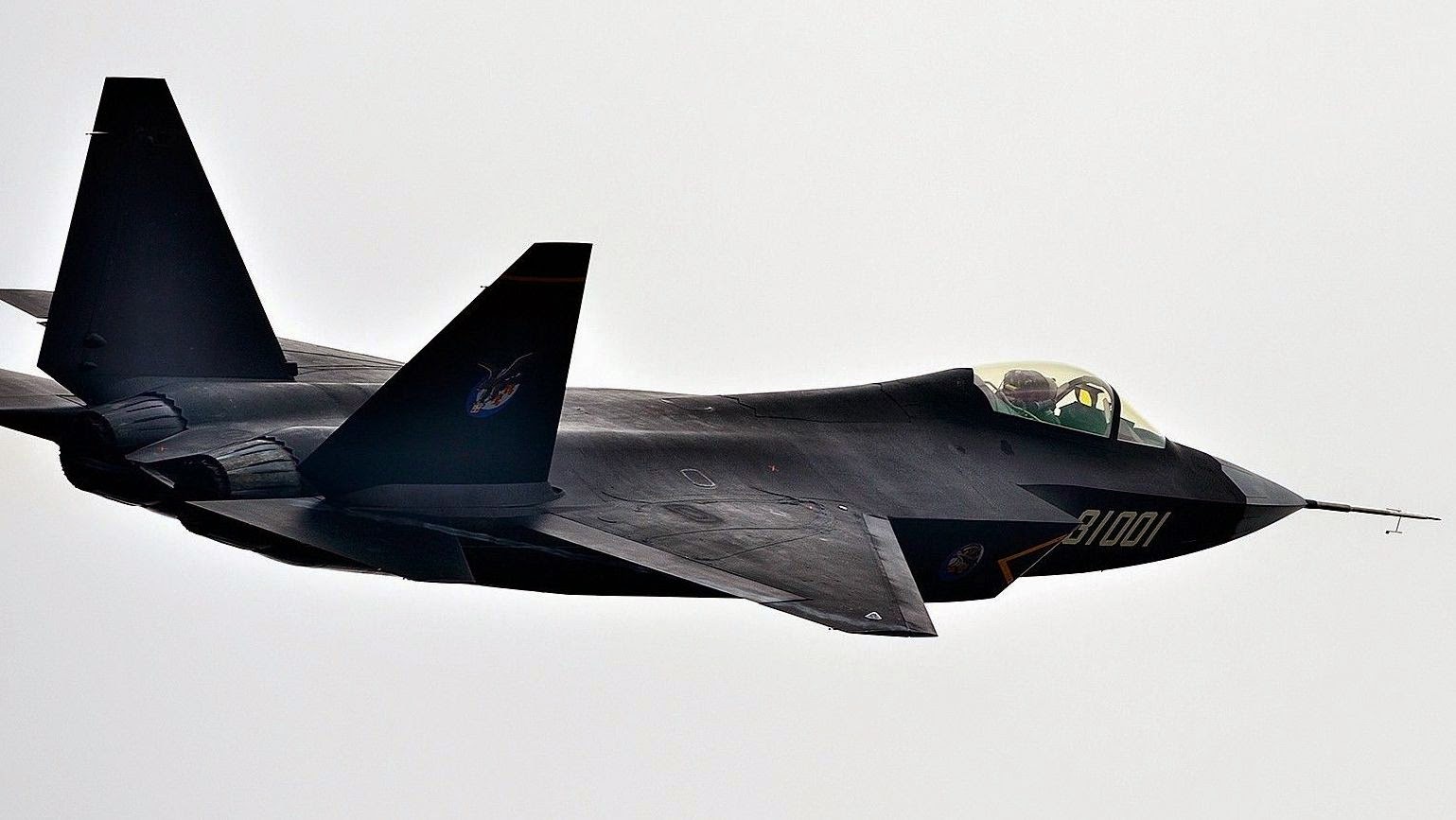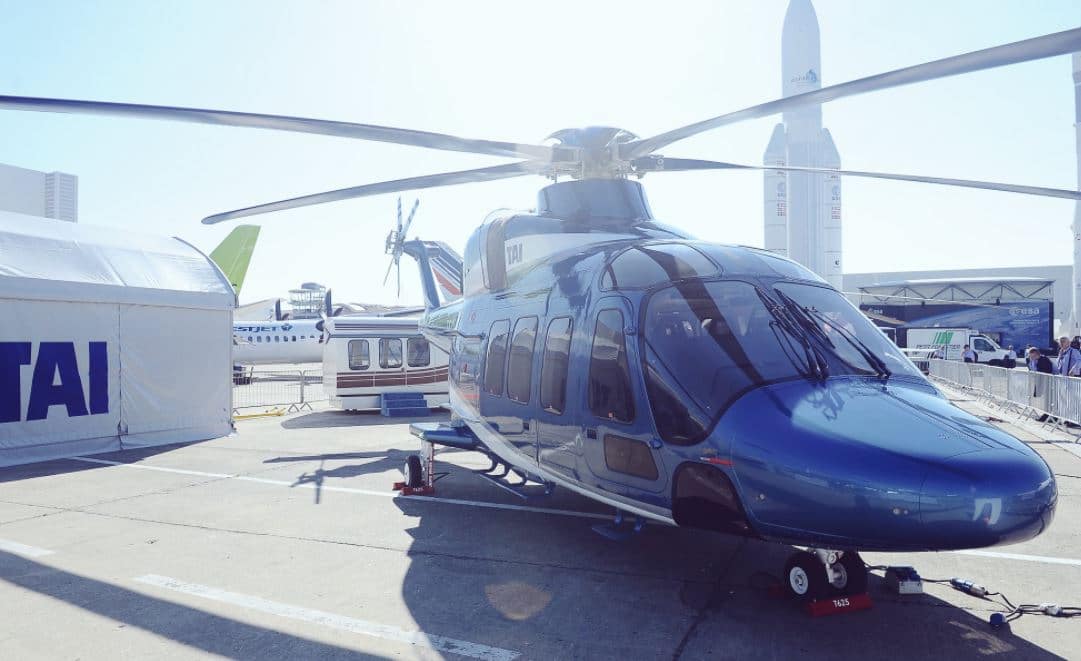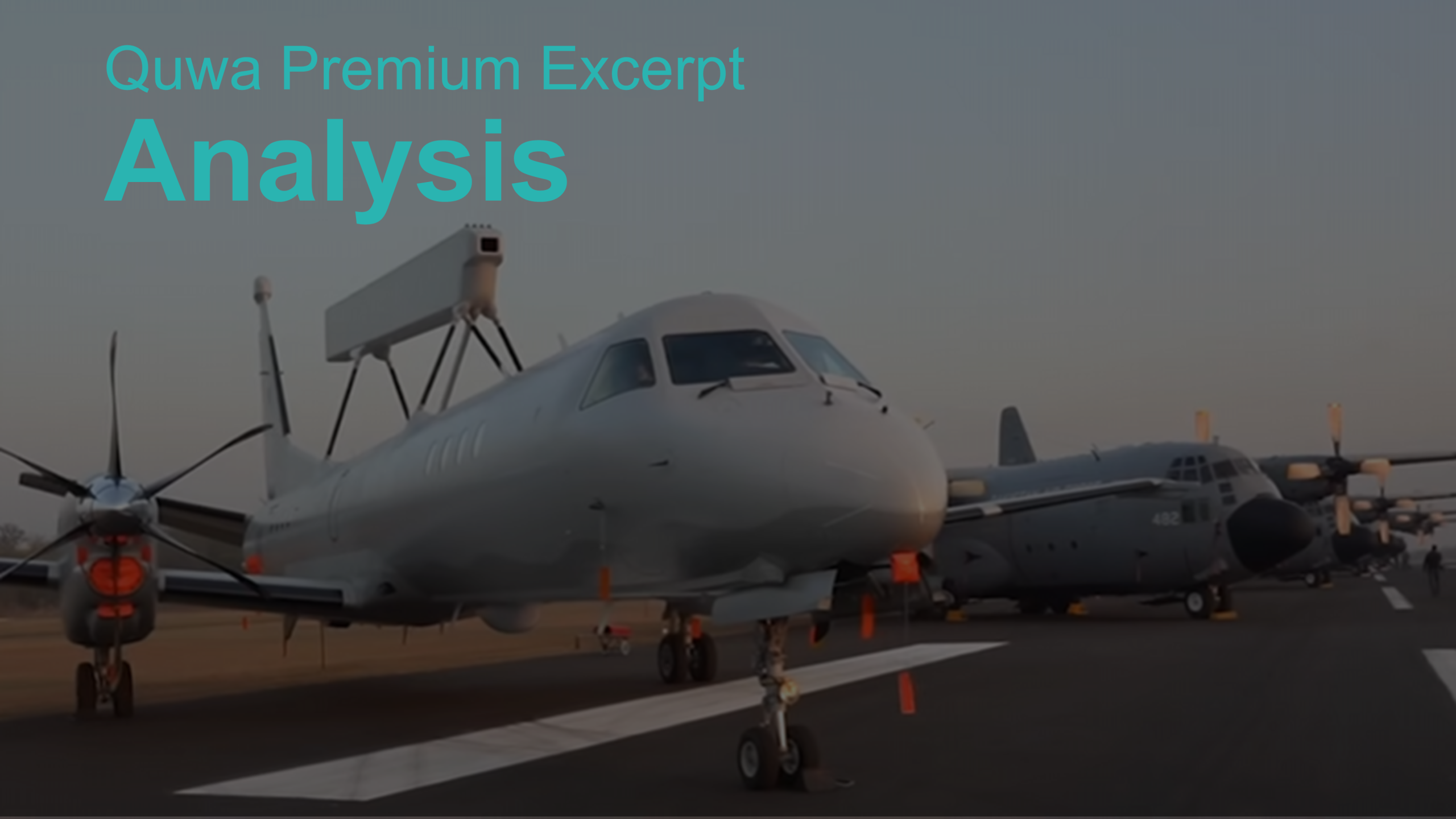21Views 22Comments

Pakistani Defence Minister: Other options besides F-16s
Pakistan’s Minister of Defence, Khawaja Muhammad Asif, informed journalists that Pakistan could pursue other combat aircraft options besides the F-16. Speaking at an international conference devoted towards understanding Pakistan’s geo-strategic interests, Defence Minister Khawaja stressed that Pakistan held the right to choose its defence vendors at will – it was not beholden to any one supplier.
Comment and Analysis
It is worth noting that the U.S. is not against the sale of new-built F-16s to Pakistan, rather, it is reluctant to sell the F-16s on military aid. The central issue at hand is not access to a new platform per se, but the reality that Pakistan’s scarce financial resources make it difficult for it to purchase big-ticket equipment. Pakistan’s last major known order was the purchase of eight next-generation conventional submarines from China; while valued at $4 to 5 billion U.S., it seems that Pakistan is benefitting from flexible term-financing arrangements from China. There is no other supplier able or willing to offer such support.
It is for this reason (among others) that Pakistan’s purported interest in the Russian Su-35 Flanker-E is – at best – a distant possibility, but not a reality. Pakistan’s “alternative options” at this time actually rest in the avenue of used and potentially upgraded F-16s, the JF-17 Block-III and acquisition of additional JF-17s, and investment in a next-generation fighter program, such as the AVIC FC-31.
In the short-term, especially in terms of quickly phasing out aged fighter aircraft, the Pakistan Air Force (PAF)’s strategy ought to be geared upon the JF-17 first and foremost, and perhaps used F-16s if and when possible. As previously discussed on Quwa, the JF-17 is the PAF’s new qualitative driver – it is the platform destined to assuredly incorporate the latest in air warfare technology.
Sadly, the F-16’s potential (albeit diminishing) is capped by end-user restrictions placed upon the PAF by the U.S. For example, could the PAF simply go and integrate a high off-boresight (HOBS) air-to-air missile (AAM) from Europe? It cannot, not without U.S. permission. These restrictions are not set on the JF-17, and as a result, the PAF can arm the JF-17 according to its will.
That said, used F-16s – especially those that can be acquired very cheaply through programs such as the Excess Defence Articles (EDA) scheme – could be acquired to quickly phase out basic air defence/attack fighters, such as the F-7P and non-upgraded Mirage III/5. Comparatively low-cost programs, such as the Falcon STAR structural restoration solution or Mid-Life Update, can offer credible fighter solutions with the minimum in cost and risk. While not ideal compared to new-built F-16s, it is very perplexing to see the PAF not pursue this route proactively.


